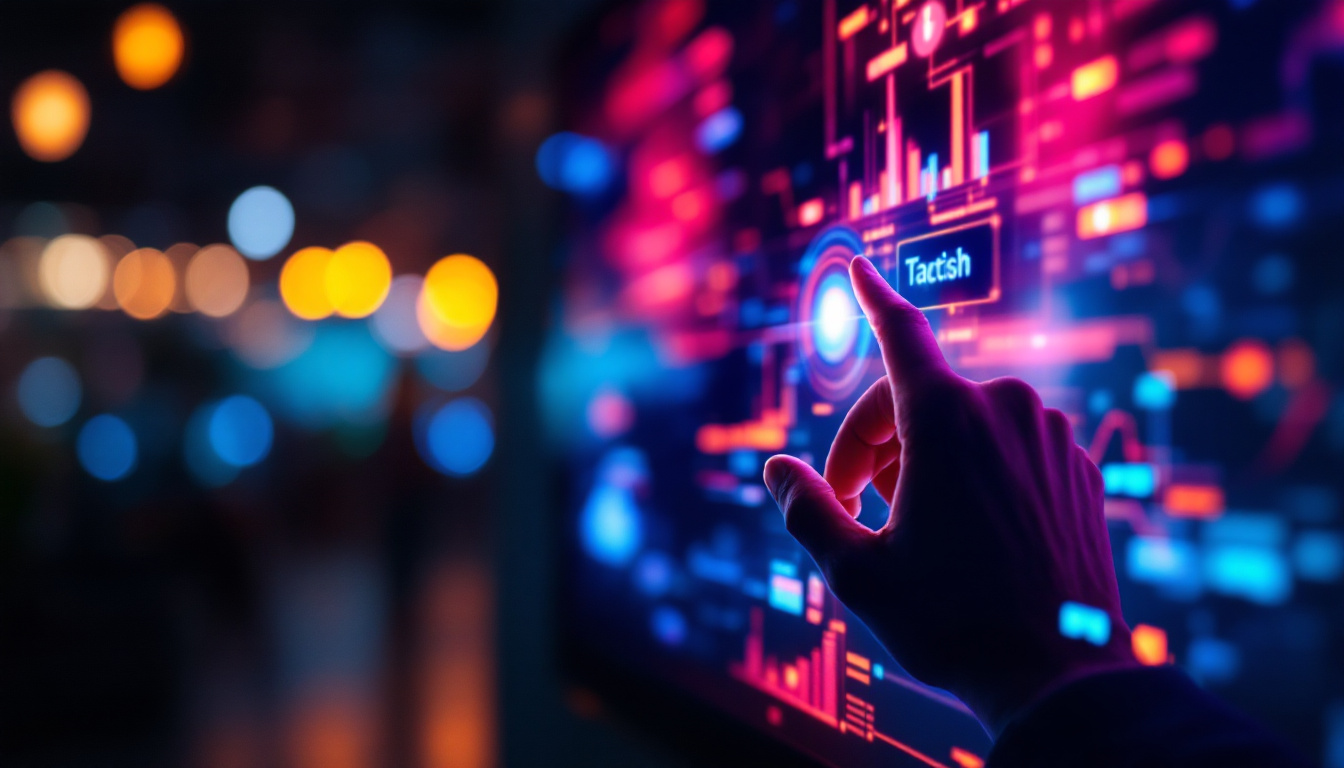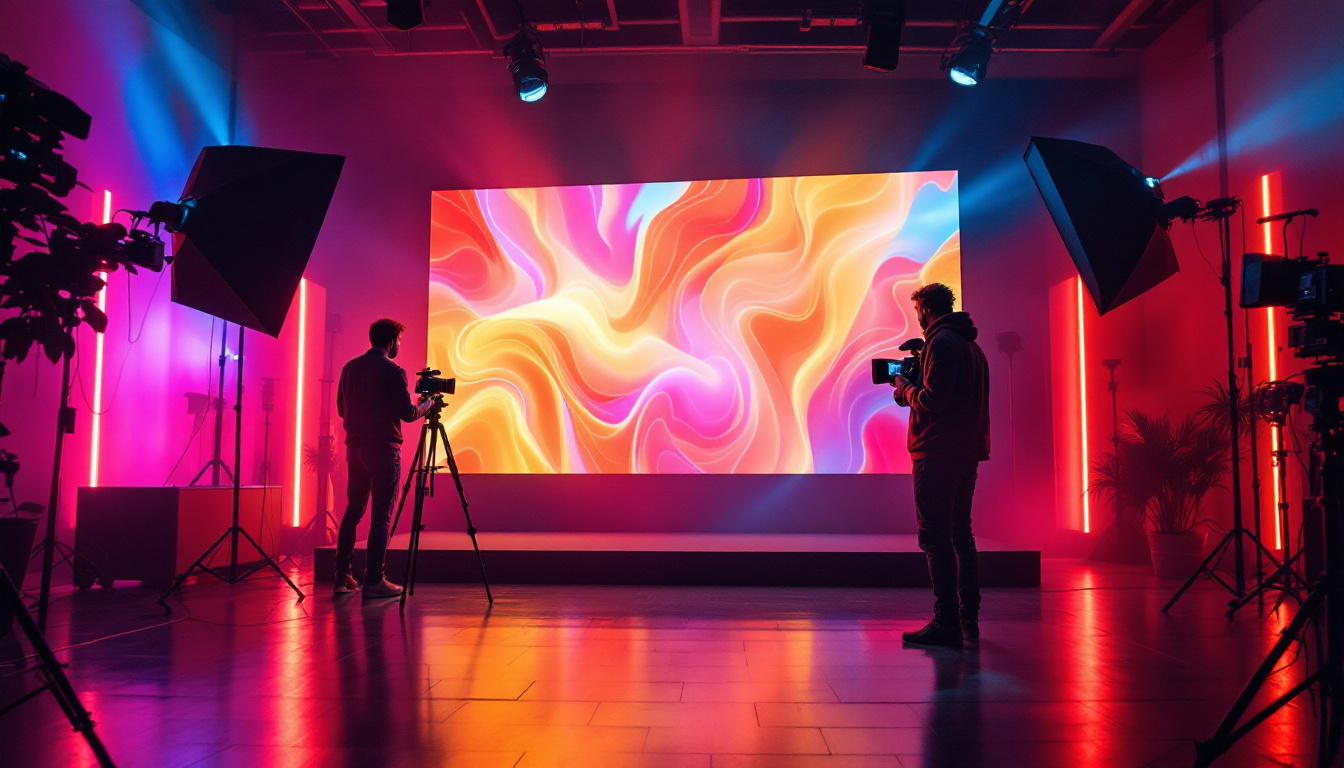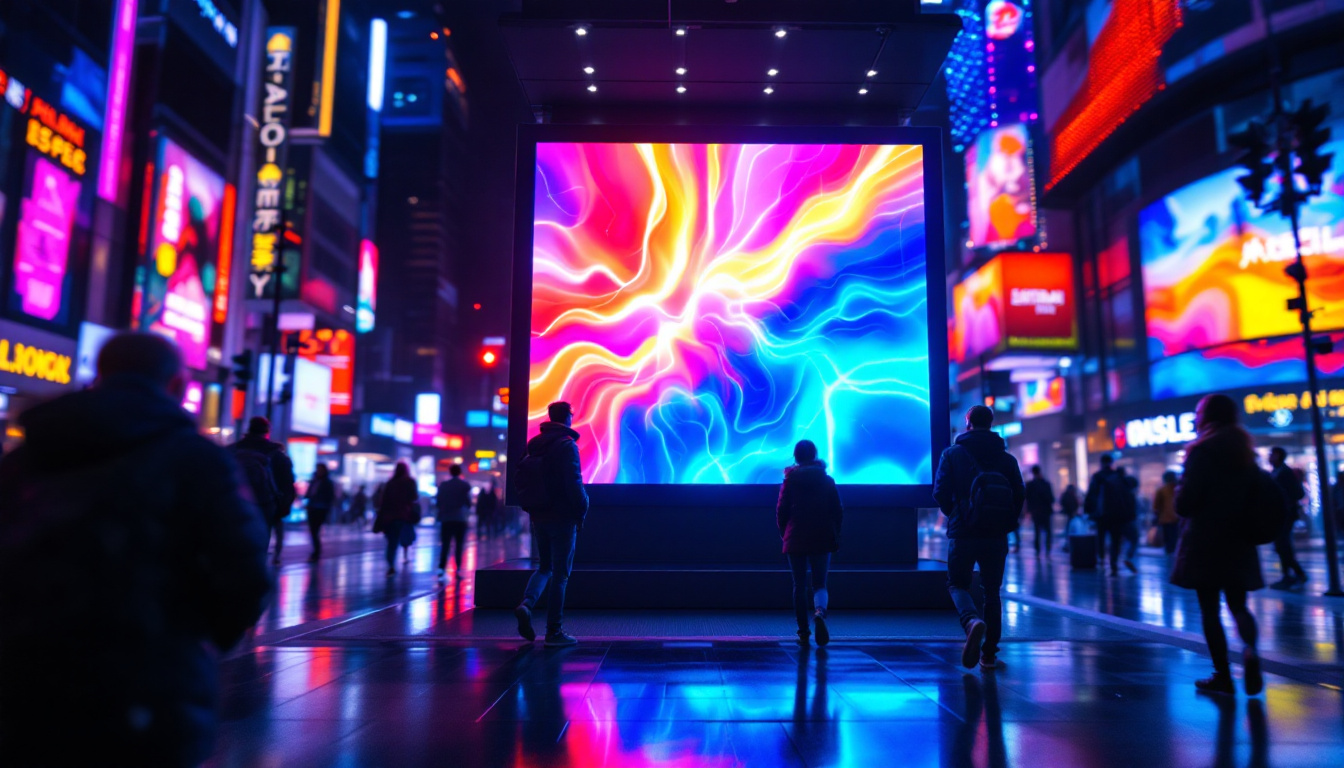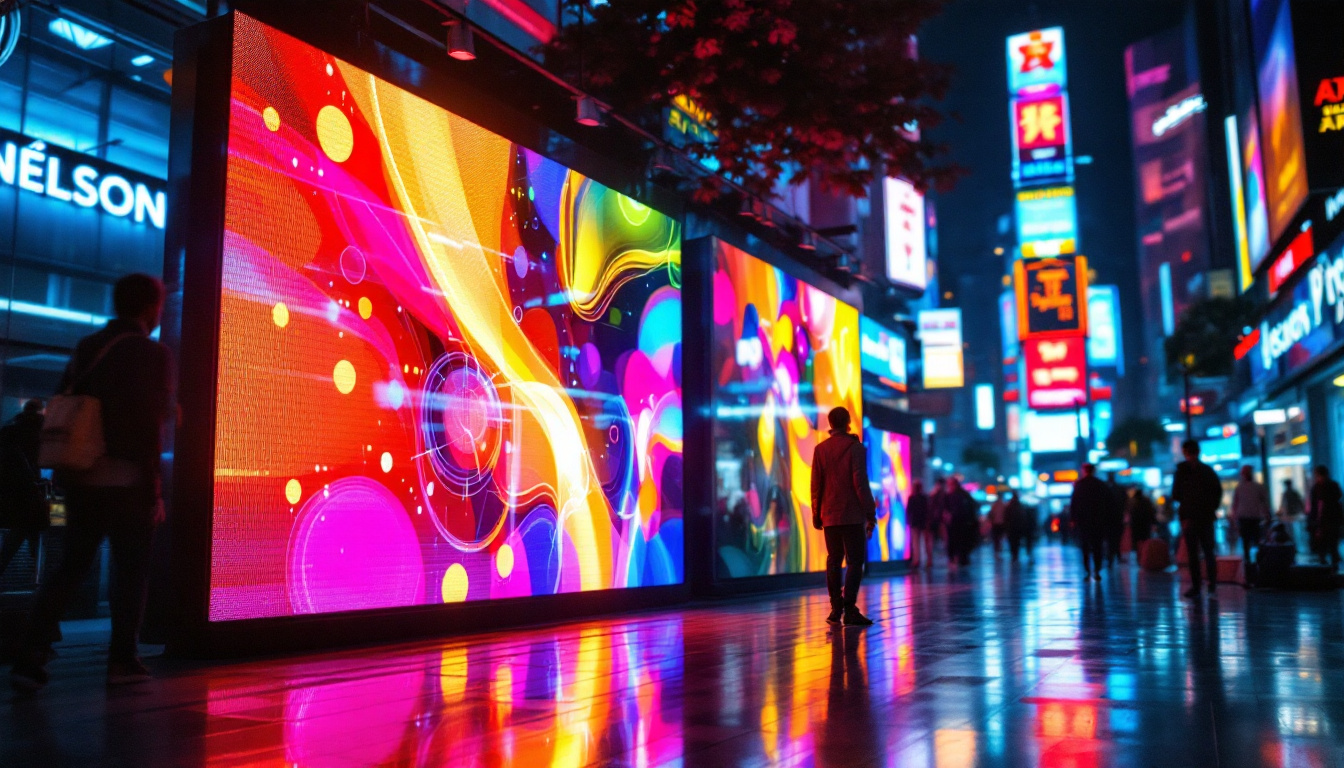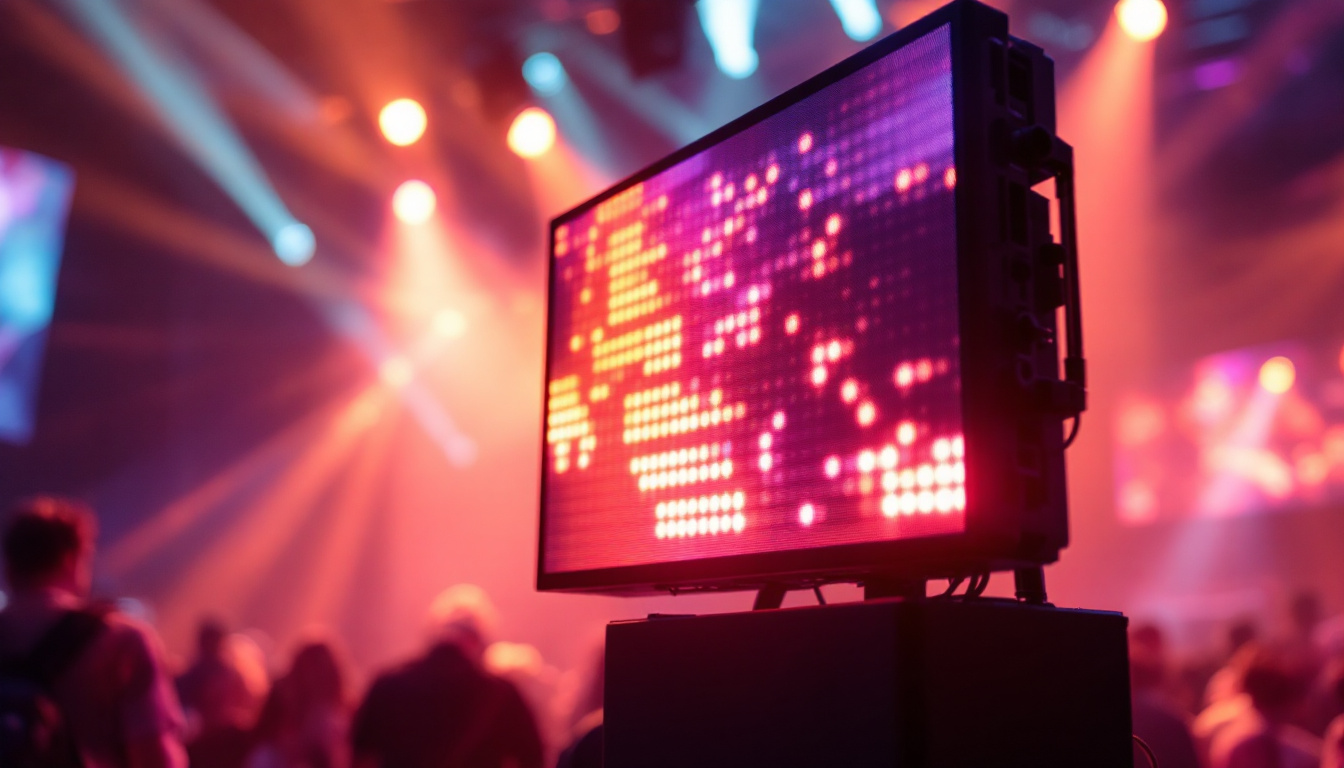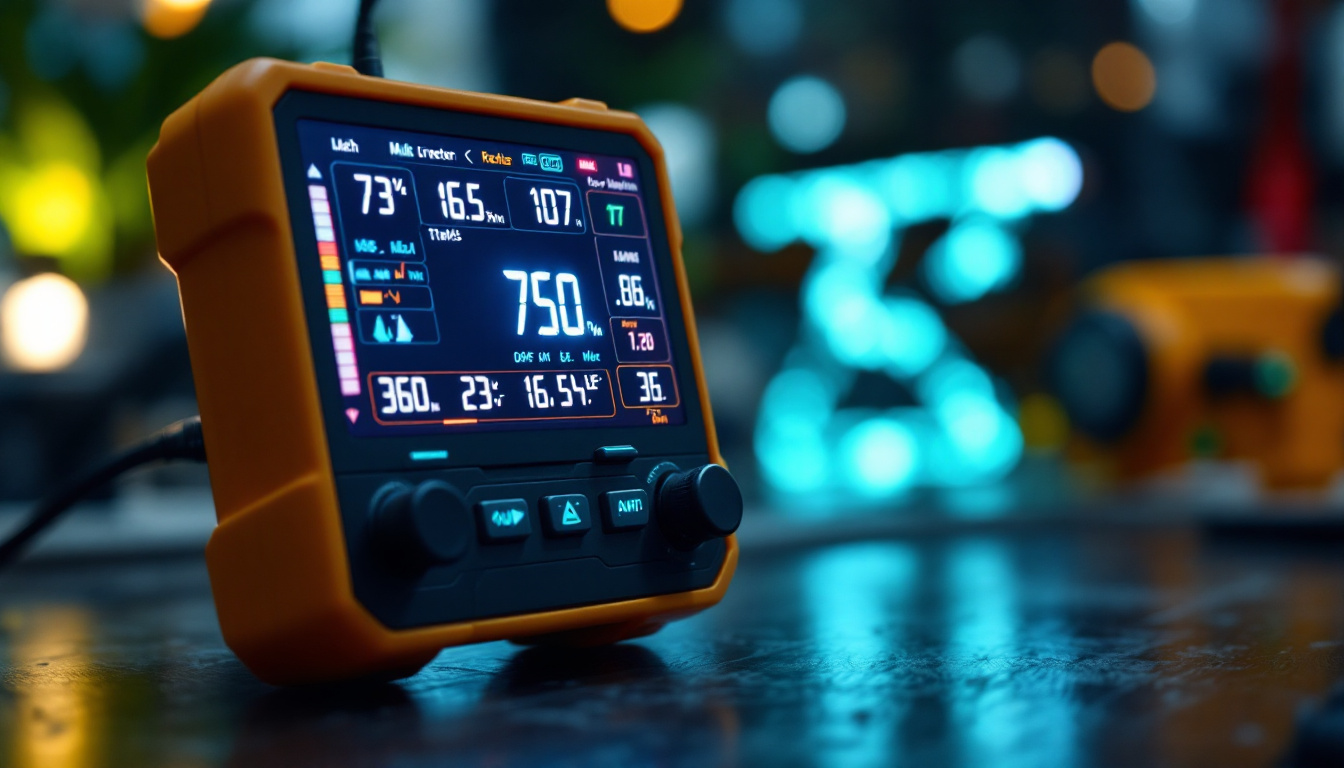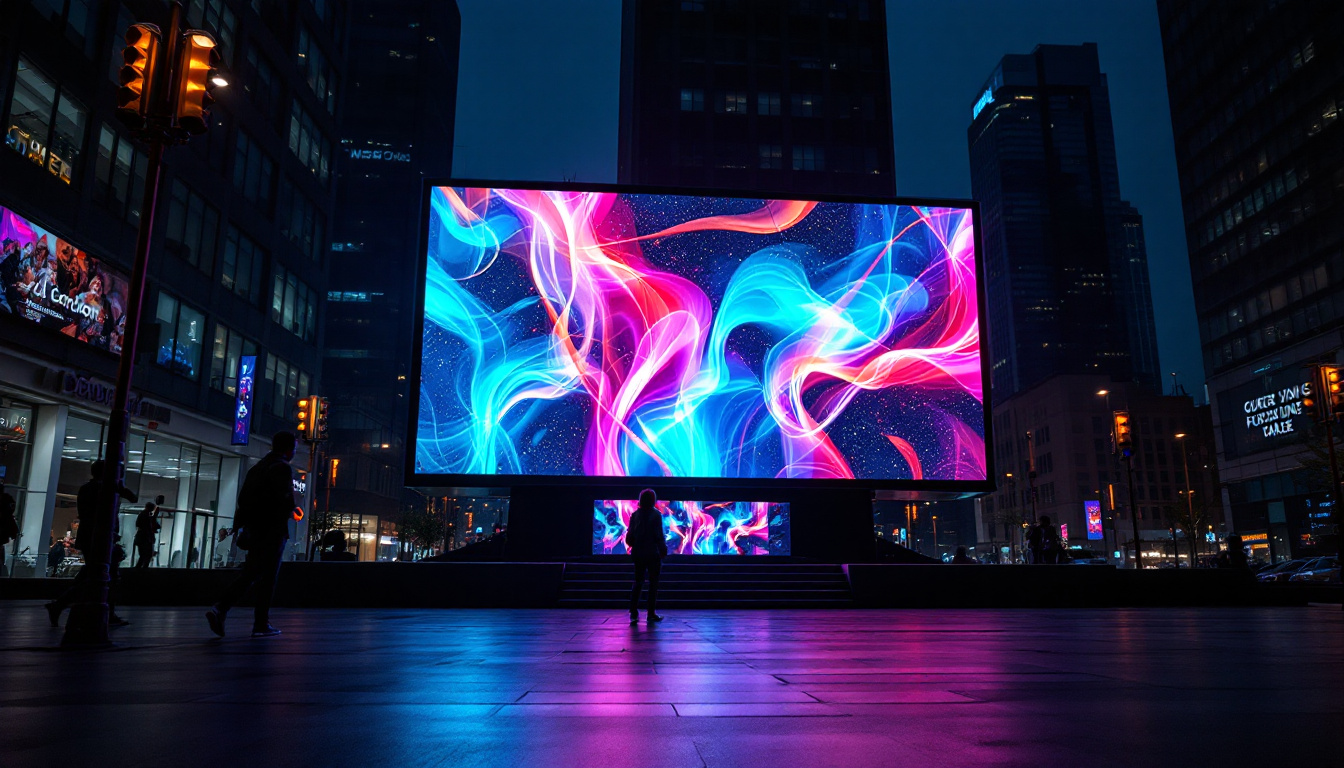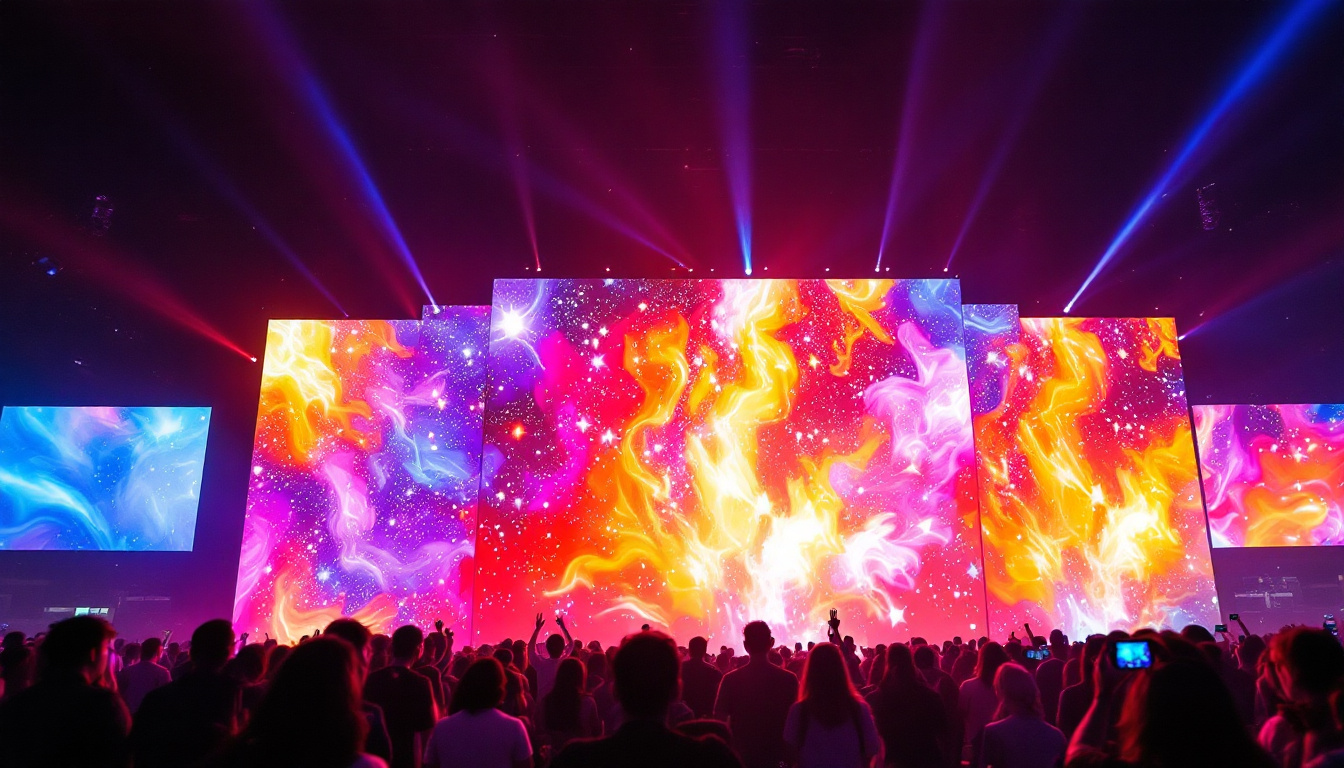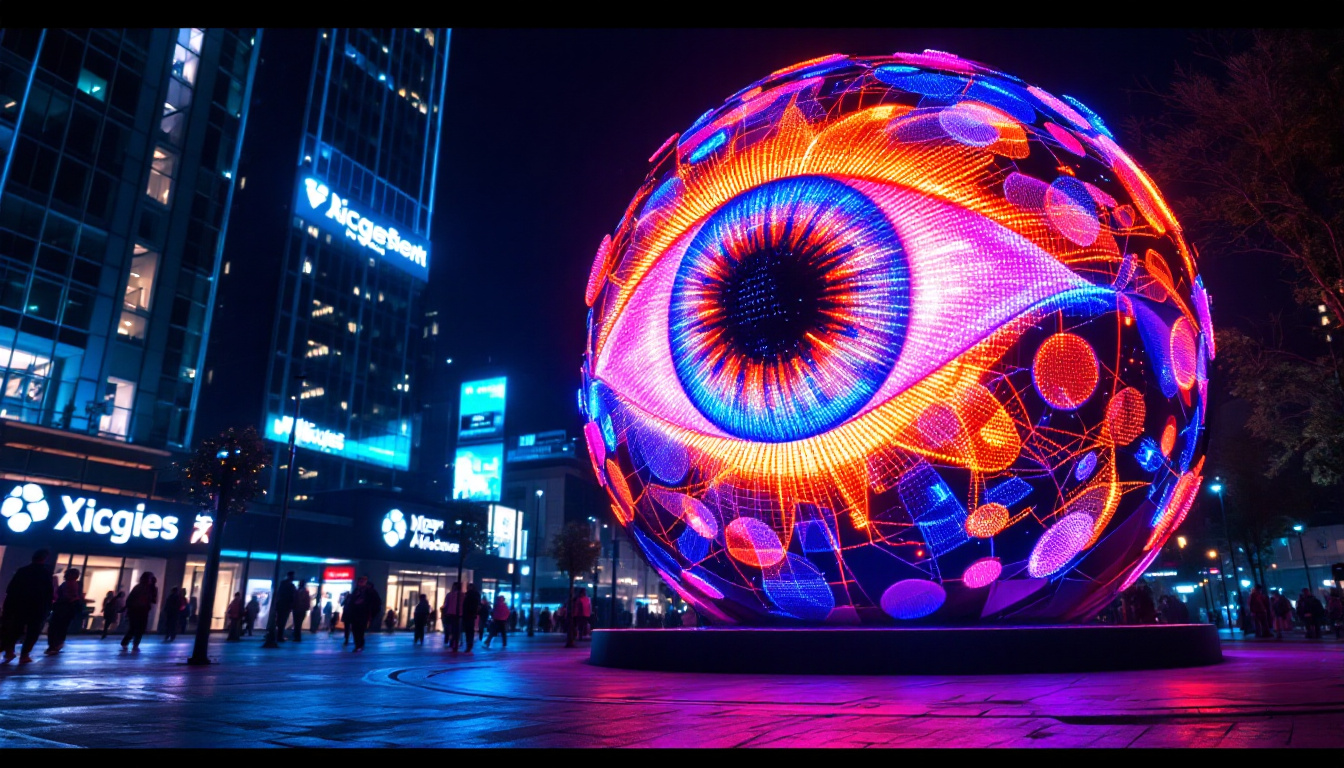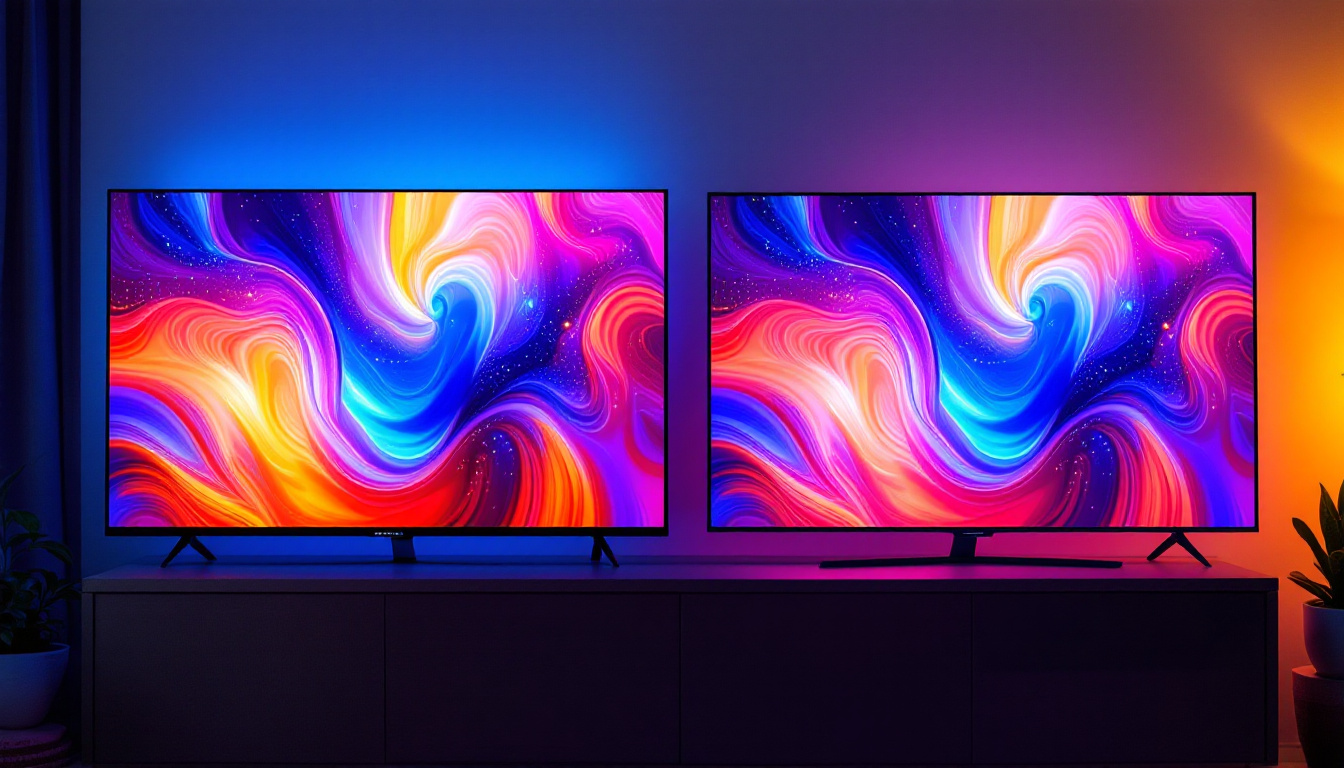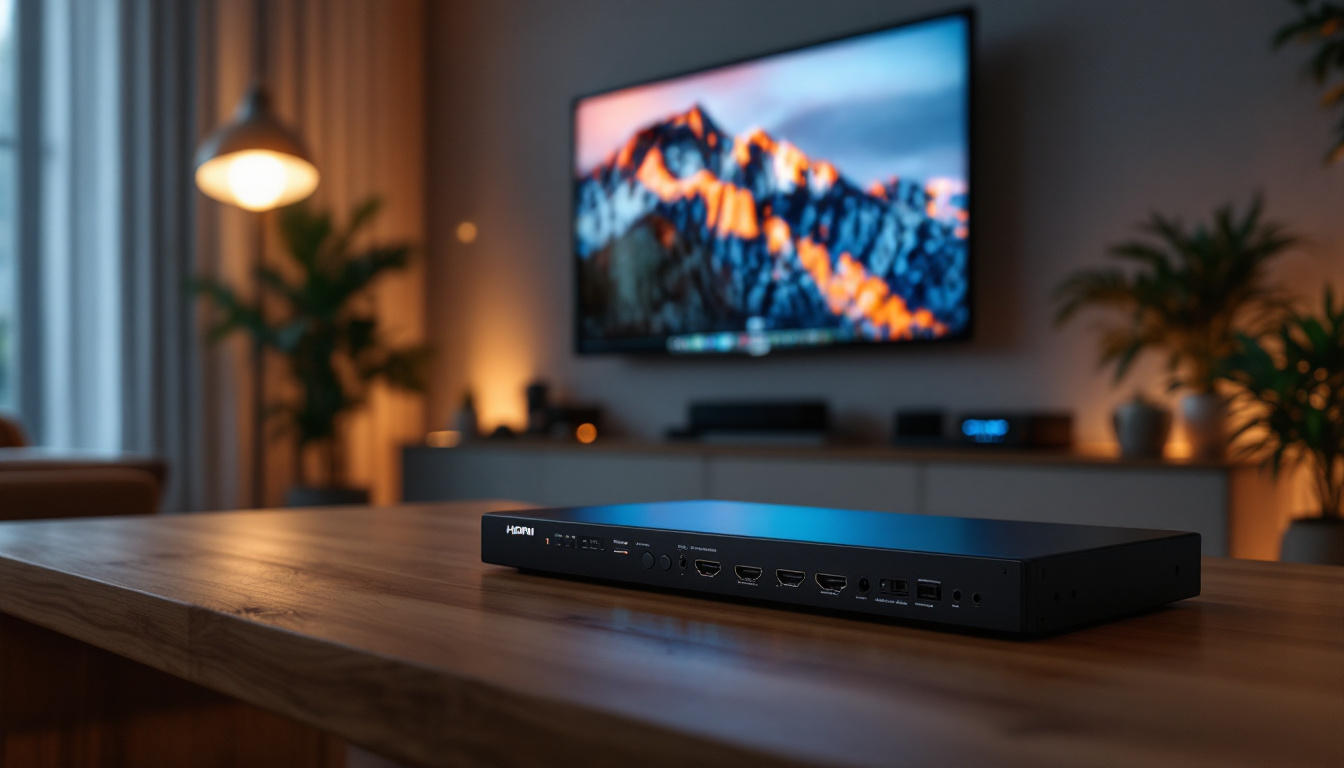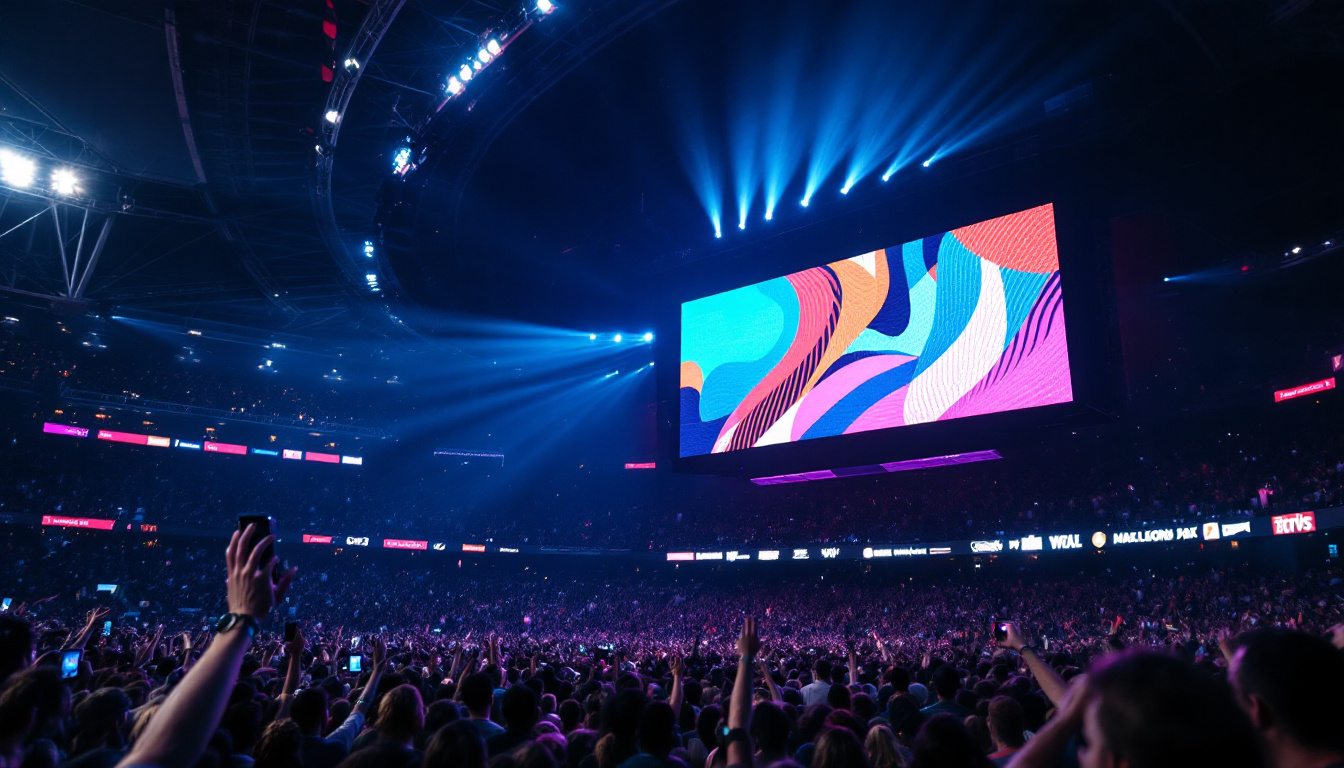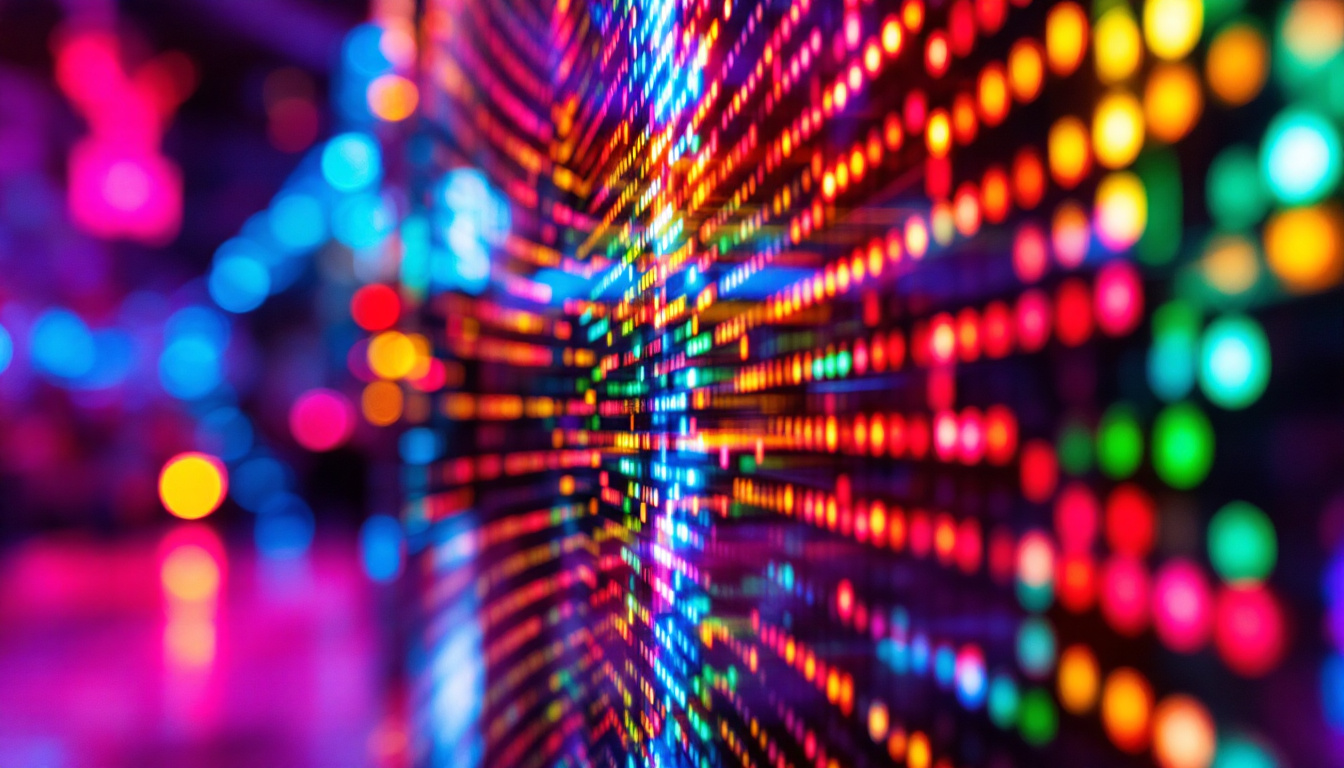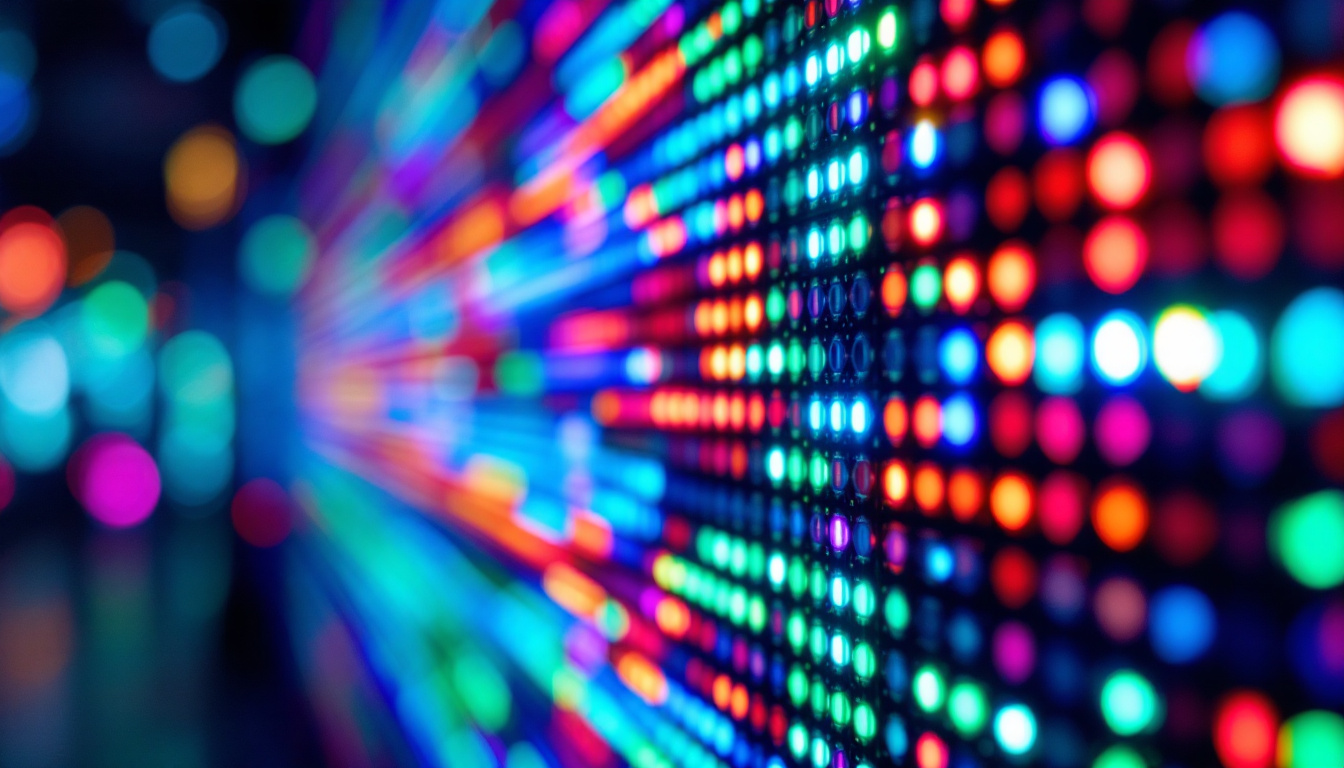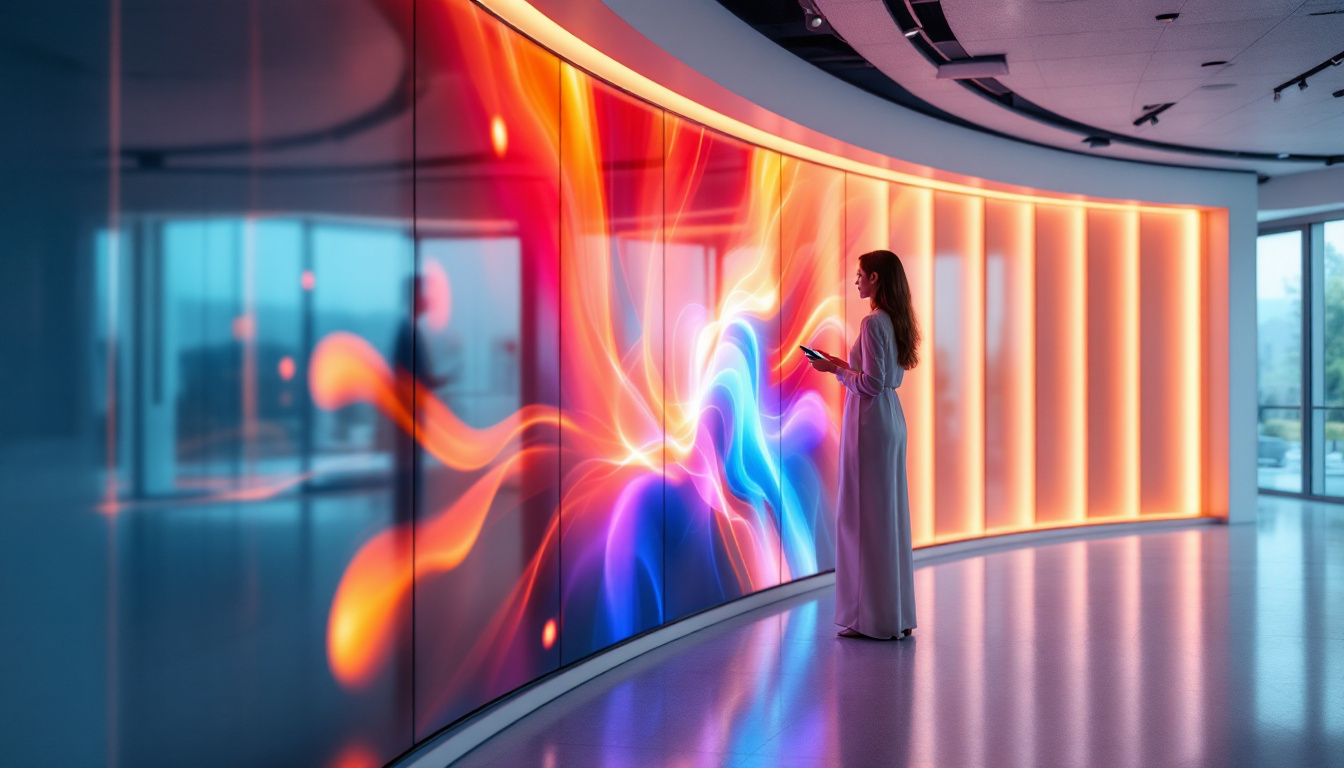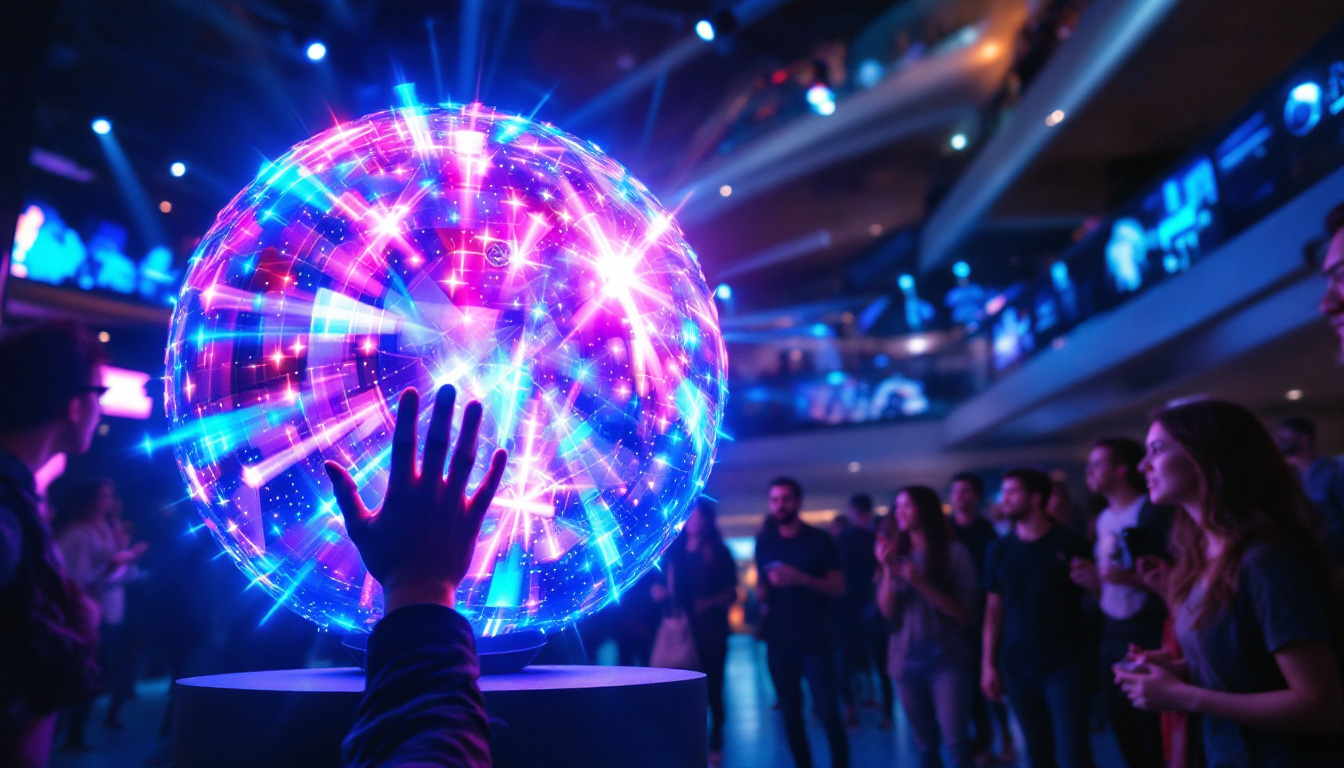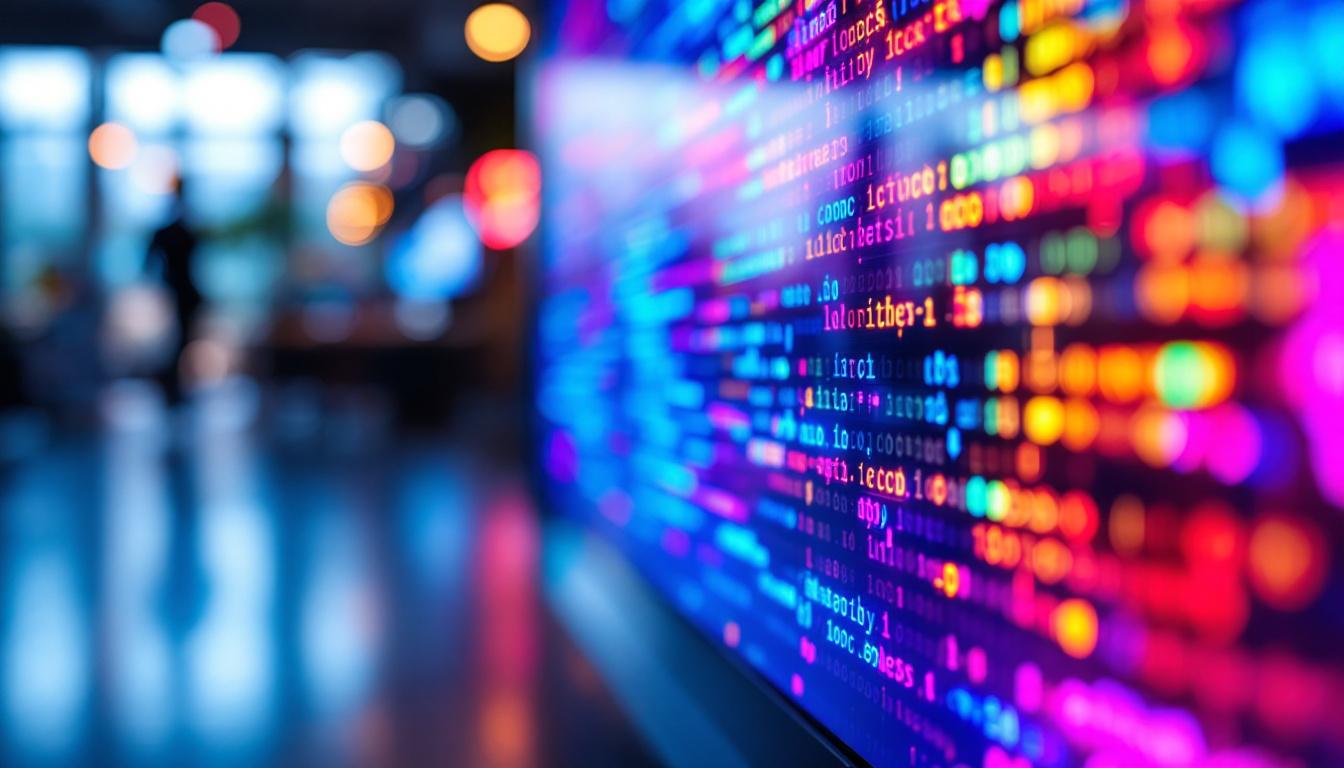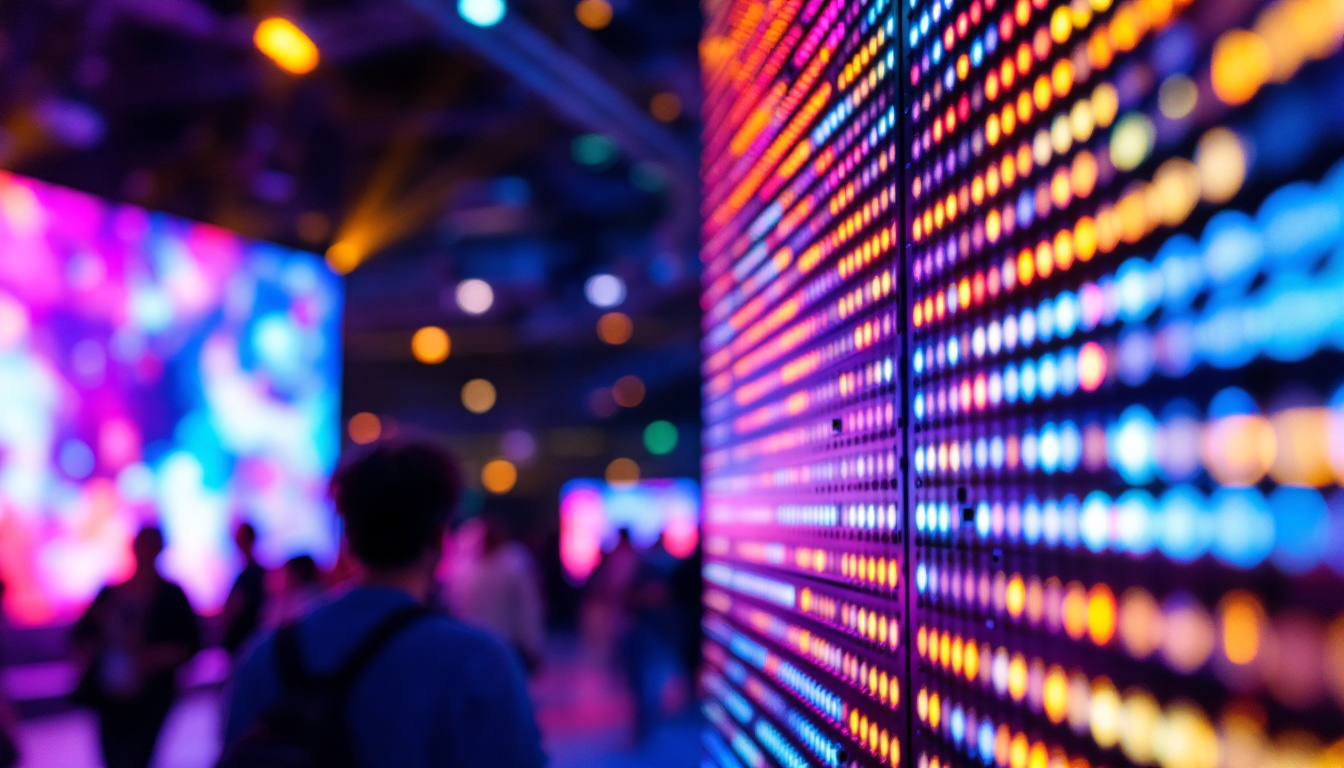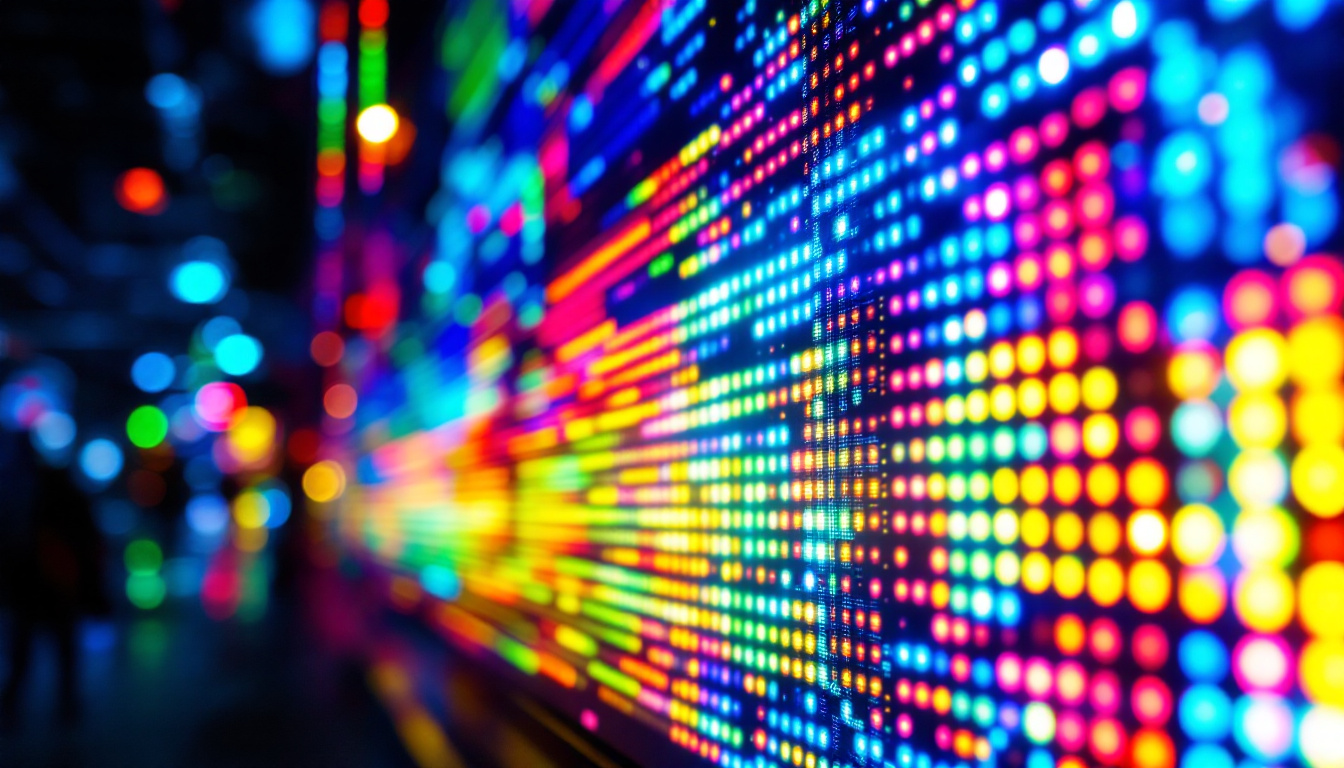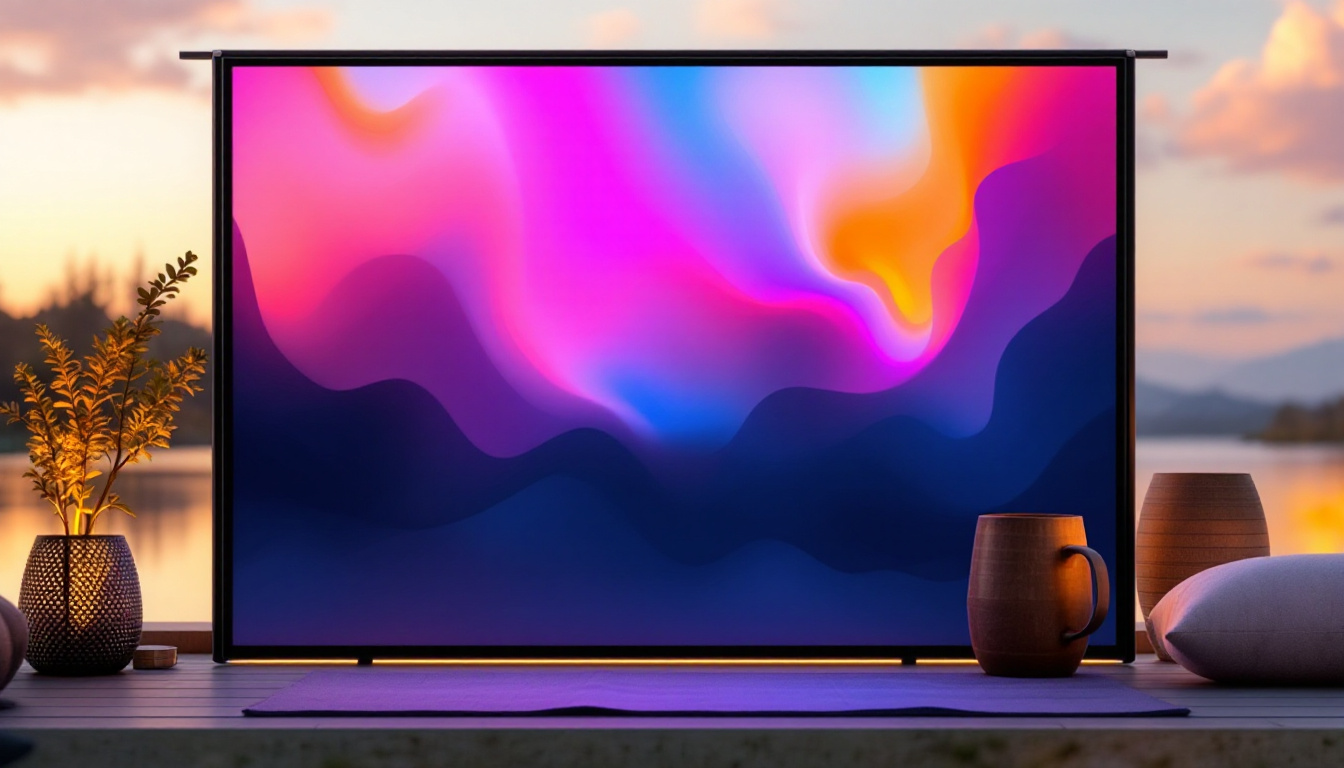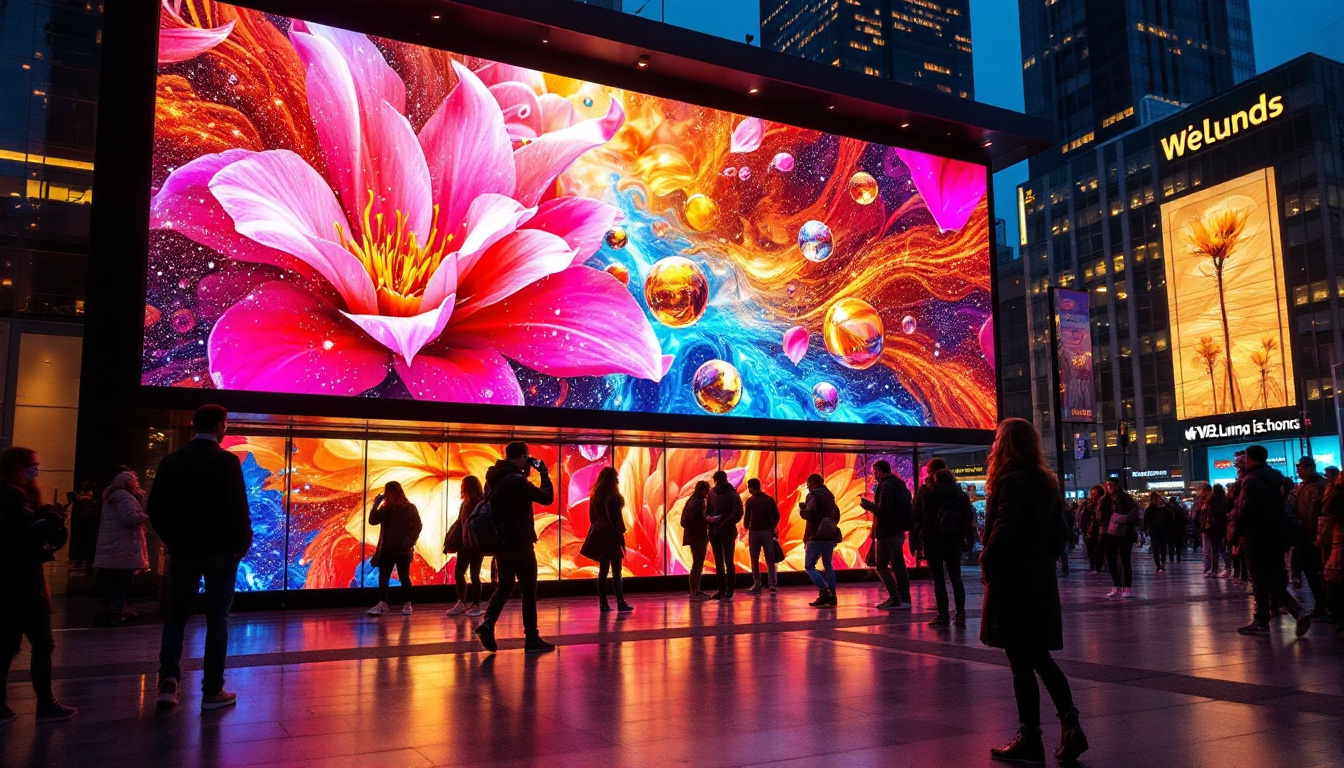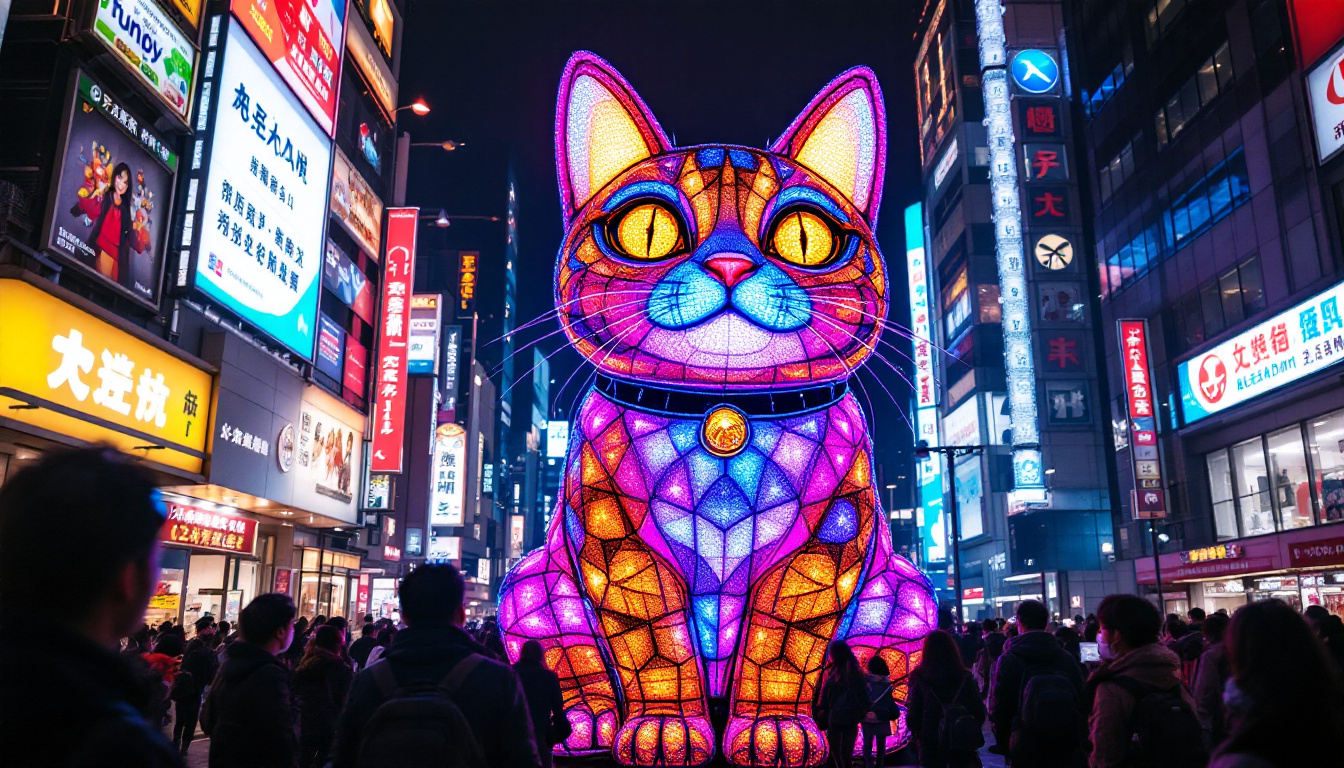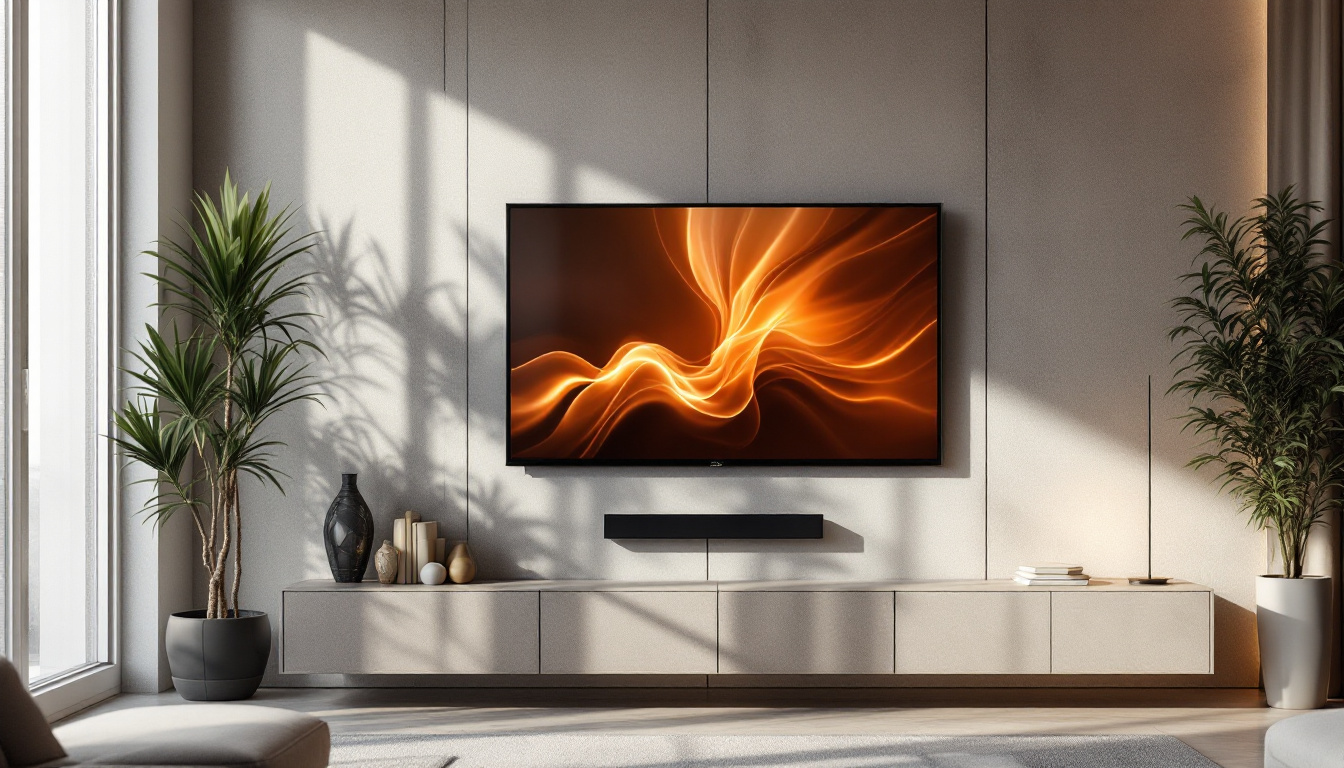Touchscreen: LED Display Explained
In the modern technological landscape, touchscreens have become ubiquitous, serving as the primary interface for a multitude of devices, from smartphones to tablets and even large-scale displays. The integration of LED technology in these screens has revolutionized how users interact with digital content. This article delves into the intricacies of touchscreen LED displays, exploring their functionality, advantages, and the technology that powers them.
Understanding Touchscreen Technology
Touchscreen technology allows users to interact directly with what is displayed on the screen, eliminating the need for traditional input devices like a keyboard or mouse. This direct interaction is facilitated by various types of touchscreen technologies, each with its own set of characteristics and applications.
Types of Touchscreen Technologies
There are several types of touchscreen technologies, the most common being resistive, capacitive, and optical. Each type has its unique method of detecting touch and varying levels of sensitivity.
Resistive touchscreens consist of two flexible layers separated by a small gap. When pressure is applied to the screen, the layers touch, completing an electrical circuit that registers the location of the touch. This technology is cost-effective and works well with styluses or gloved hands, but it typically lacks the clarity and responsiveness of other types. Because of their durability and resistance to environmental factors, resistive screens are often found in industrial applications and outdoor kiosks, where they can withstand harsh conditions.
Capacitive touchscreens, on the other hand, utilize the electrical properties of the human body. These screens are coated with a transparent conductor, and when a finger touches the screen, it alters the local electrostatic field. This type of touchscreen is more sensitive and supports multi-touch functionality, making it ideal for smartphones and tablets. The rapid advancements in capacitive technology have also led to the development of features such as gesture recognition and haptic feedback, enhancing user experience and interaction.
How Touchscreens Work
The operation of a touchscreen involves several components, including a touch sensor, a controller, and a display. The touch sensor detects the touch input, while the controller processes this input and sends the corresponding signals to the display. The display, often an LED screen, then visually responds to the user’s actions.
In capacitive screens, the touch sensor is typically a grid of electrodes that detect changes in capacitance. This allows for precise touch detection and enables features like pinch-to-zoom and swipe gestures. In resistive screens, the pressure applied to the surface is translated into coordinates that the controller can interpret. Moreover, optical touchscreens, which use cameras to detect touch, are gaining popularity in large display applications such as interactive whiteboards and public information kiosks. These screens can offer a more immersive experience, as they can detect multiple touches from different users simultaneously, enhancing collaborative efforts in educational and professional settings.
LED Technology in Displays
Light Emitting Diode (LED) technology has transformed the display industry, offering brighter, more energy-efficient screens compared to traditional LCDs. LED displays use semiconductor technology to emit light when an electric current passes through them, resulting in vibrant colors and high contrast ratios.
Benefits of LED Displays
One of the most notable advantages of LED displays is their energy efficiency. Compared to older technologies, LED screens consume significantly less power, making them an environmentally friendly option. This efficiency not only reduces energy costs but also contributes to longer battery life in portable devices.
Additionally, LED displays offer superior brightness and color accuracy. This is particularly important in environments with high ambient light, where traditional displays may struggle to maintain visibility. The ability to produce deeper blacks and brighter whites enhances the overall viewing experience, making LED displays a preferred choice for both casual and professional use.
Another significant benefit of LED technology is its longevity. LED displays typically have a longer lifespan than their LCD counterparts, often lasting tens of thousands of hours before any noticeable degradation in quality occurs. This durability not only reduces the frequency of replacements but also minimizes electronic waste, aligning with global sustainability efforts. Furthermore, the robustness of LED technology allows for thinner and lighter designs, enabling manufacturers to create sleek and modern devices that are both aesthetically pleasing and functional.
Applications of LED Displays
LED displays are used in a wide range of applications, from consumer electronics to large-scale advertising. In smartphones and tablets, LED technology ensures that users enjoy high-definition visuals, which is essential for gaming, streaming, and browsing.
In commercial settings, LED displays are often employed in digital signage, providing businesses with dynamic advertising solutions. Their ability to display vibrant images and videos captures the attention of potential customers, making them an effective marketing tool. Retail environments, for example, utilize LED screens to showcase promotions and new products, creating an engaging shopping experience that can significantly boost sales.
Moreover, LED technology is also utilized in televisions, monitors, and even in automotive displays, showcasing its versatility across different industries. In the realm of entertainment, LED displays have revolutionized the way content is consumed, with large-scale outdoor LED screens becoming a staple at concerts, sporting events, and festivals. These displays not only enhance the visual experience for attendees but also allow for interactive features, such as live social media feeds and real-time updates, further immersing audiences in the event. As technology continues to evolve, the potential applications for LED displays seem limitless, paving the way for innovative solutions in various fields.
The Intersection of Touchscreen and LED Technology
The combination of touchscreen and LED technologies has led to the development of interactive displays that enhance user engagement. These displays are not only visually appealing but also provide a seamless user experience. As technology continues to evolve, the integration of these two systems has opened new avenues for innovation across various sectors, from education to entertainment.
Interactive Features
Interactive LED displays can respond to touch inputs, enabling users to navigate through content with gestures. This functionality is particularly beneficial in educational settings, where interactive learning tools can facilitate a more engaging and immersive experience for students. For instance, touchscreen LED boards can be utilized in classrooms to display interactive lessons, allowing students to participate actively by solving problems or answering questions directly on the screen. This hands-on approach not only reinforces learning but also caters to various learning styles, making education more inclusive.
In retail environments, interactive kiosks equipped with touchscreen LED displays allow customers to browse products, check prices, and even place orders, streamlining the shopping experience. This integration of technology not only improves customer satisfaction but also increases operational efficiency for businesses. Furthermore, these displays can be programmed to provide personalized recommendations based on previous purchases or browsing history, enhancing the shopping experience and encouraging customer loyalty. The ability to gather data from user interactions also allows businesses to analyze consumer behavior, leading to more targeted marketing strategies and improved inventory management.
Challenges and Considerations
Despite the many advantages of touchscreen LED displays, there are challenges that manufacturers and users must consider. One significant challenge is the durability of the screens. Touchscreens are often exposed to frequent use, which can lead to wear and tear over time. Manufacturers are continually working on developing more robust materials to enhance the lifespan of these displays. Innovations such as strengthened glass and protective coatings are being explored to ensure that these screens can withstand the rigors of daily use, particularly in high-traffic areas like airports and shopping malls.
Another consideration is the potential for glare and reflections, particularly in brightly lit environments. While LED technology offers improved brightness, it can also create challenges in terms of visibility. Anti-glare coatings and specialized screen treatments are being developed to mitigate these issues, ensuring that users can enjoy clear visuals regardless of lighting conditions. Additionally, advancements in ambient light sensors allow displays to automatically adjust brightness levels based on surrounding light, further enhancing visibility and user comfort. As these technologies continue to advance, the focus on creating more user-friendly and resilient displays will undoubtedly shape the future of interactive technology.
Future Trends in Touchscreen LED Displays
The future of touchscreen LED displays is promising, with ongoing advancements in technology paving the way for enhanced capabilities and applications. As the demand for more interactive and immersive experiences grows, manufacturers are exploring innovative solutions to meet these needs.
Advancements in Display Technology
One of the most exciting trends is the development of flexible and foldable displays. These innovative screens can bend and adapt to various shapes, offering new possibilities for device design. Imagine smartphones that can expand into larger tablets or wearable devices that seamlessly integrate into everyday life.
Additionally, advancements in resolution and pixel density are set to improve the clarity and detail of images displayed on touchscreen LED screens. Higher resolutions will enable users to enjoy more lifelike visuals, enhancing experiences in gaming, virtual reality, and multimedia consumption.
Integration with Artificial Intelligence
Another significant trend is the integration of artificial intelligence (AI) with touchscreen LED displays. AI can enhance user interactions by providing personalized content recommendations, predictive text input, and voice recognition capabilities. This integration will create a more intuitive and responsive user experience, allowing devices to adapt to individual preferences and behaviors.
As AI technology continues to evolve, the potential for smarter and more interactive touchscreen LED displays will undoubtedly expand, creating exciting opportunities for both consumers and businesses alike.
Conclusion
Touchscreen LED displays represent a significant advancement in how users interact with technology. The combination of intuitive touch capabilities and vibrant LED visuals has transformed various industries, from consumer electronics to advertising and education.
As technology continues to evolve, the future of touchscreen LED displays looks bright. With advancements in flexibility, resolution, and AI integration, these displays will become even more integral to daily life, enhancing user experiences and redefining the boundaries of interaction.
Understanding the mechanics and benefits of touchscreen LED displays not only highlights their importance in the current technological landscape but also emphasizes the potential for future innovations that will further enrich our digital interactions.
Discover LumenMatrix’s Innovative LED Display Solutions
Ready to elevate your visual experience with the latest in LED display technology? LumenMatrix invites you to explore our comprehensive range of LED display solutions, designed to bring your brand to life and captivate your audience. From Indoor and Outdoor LED Wall Displays to specialized options like Vehicle LED Displays, LED Sports Displays, and Custom LED Solutions, we have everything you need to create a truly immersive visual environment. Experience the future of interactive display technology today and check out LumenMatrix LED Display Solutions to see how we can transform your space with clarity, impact, and innovation.

